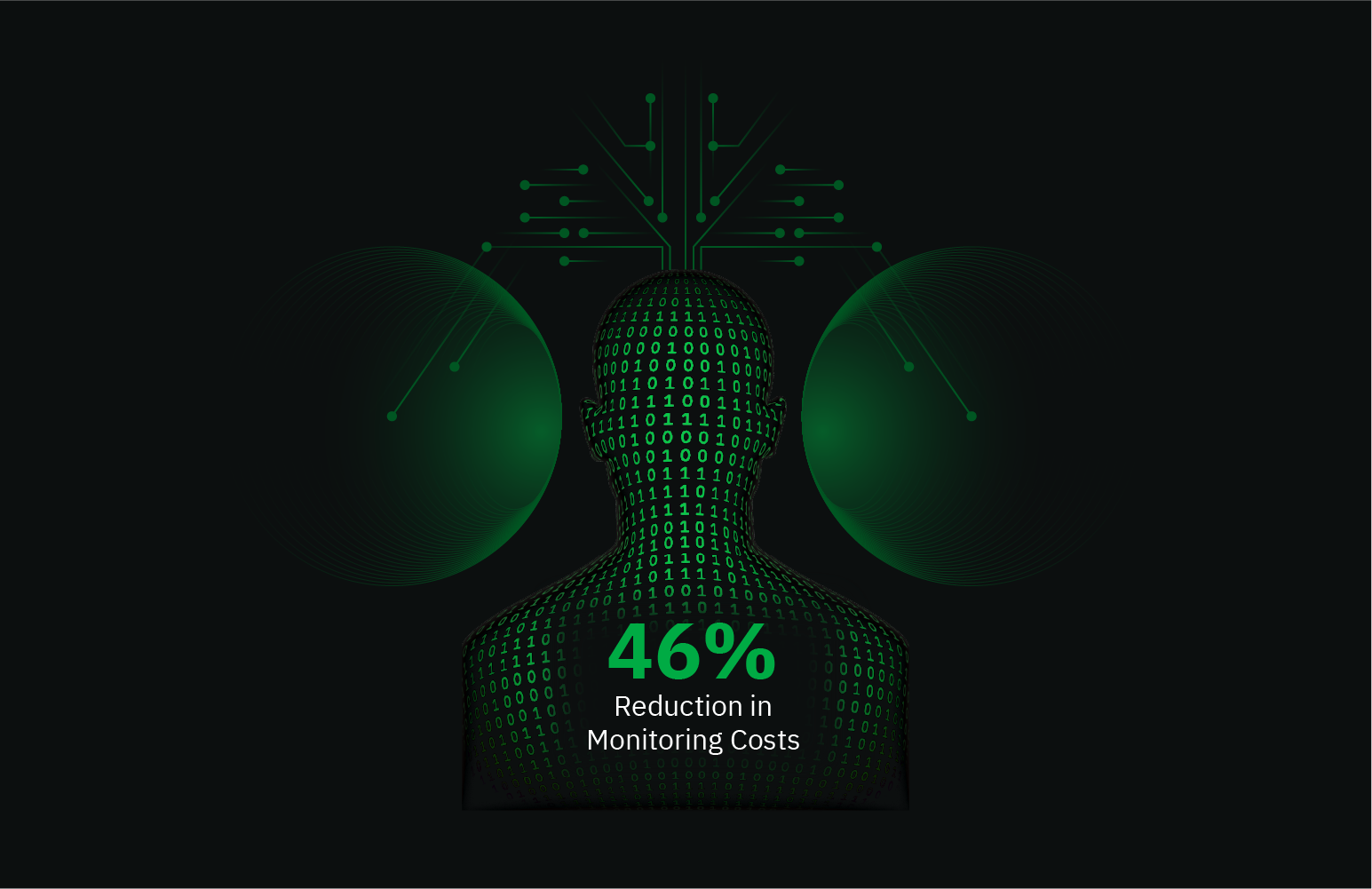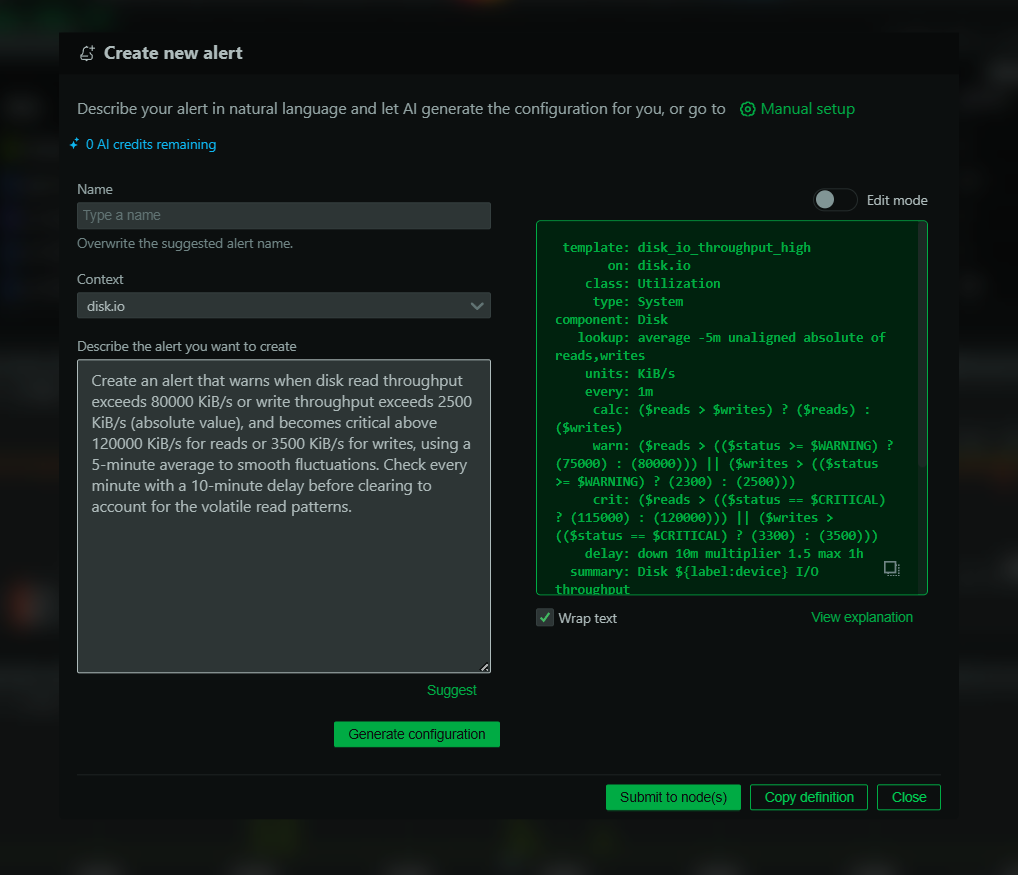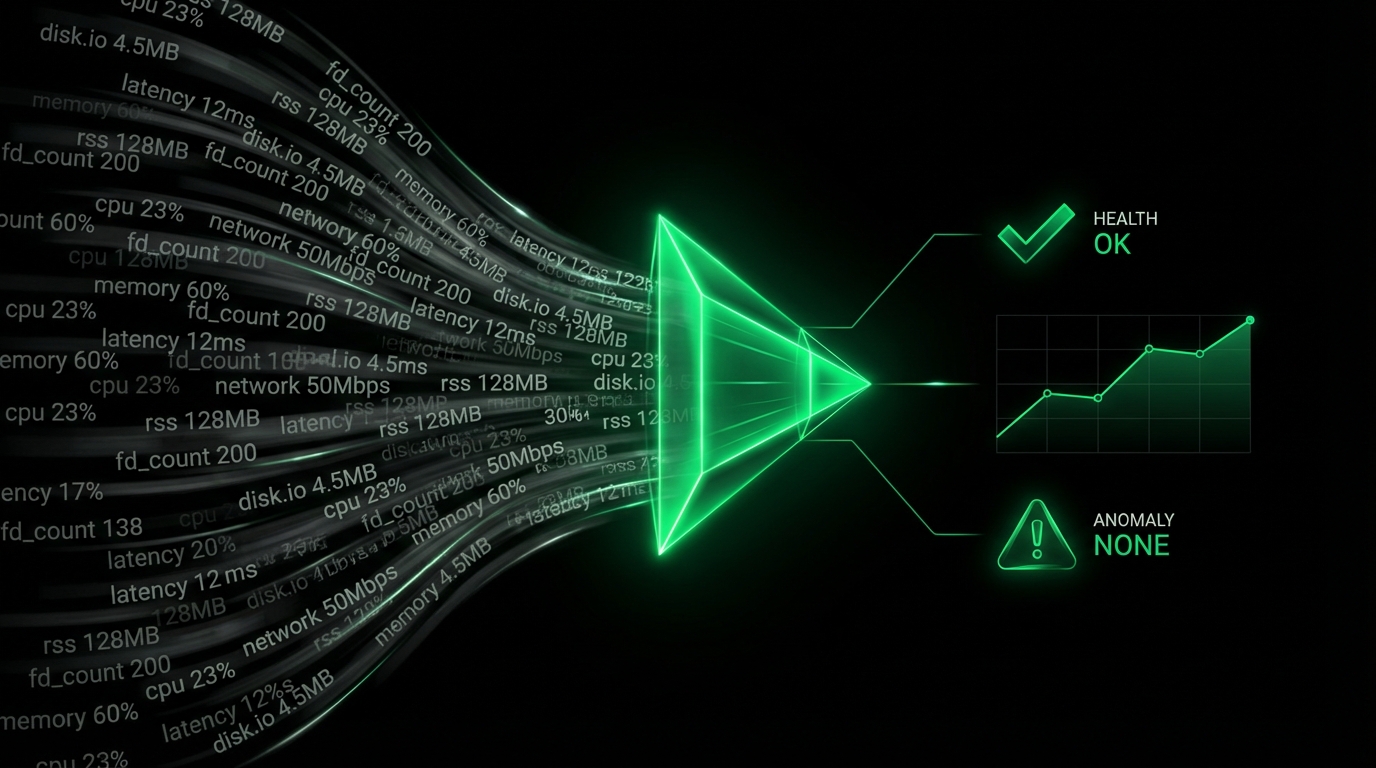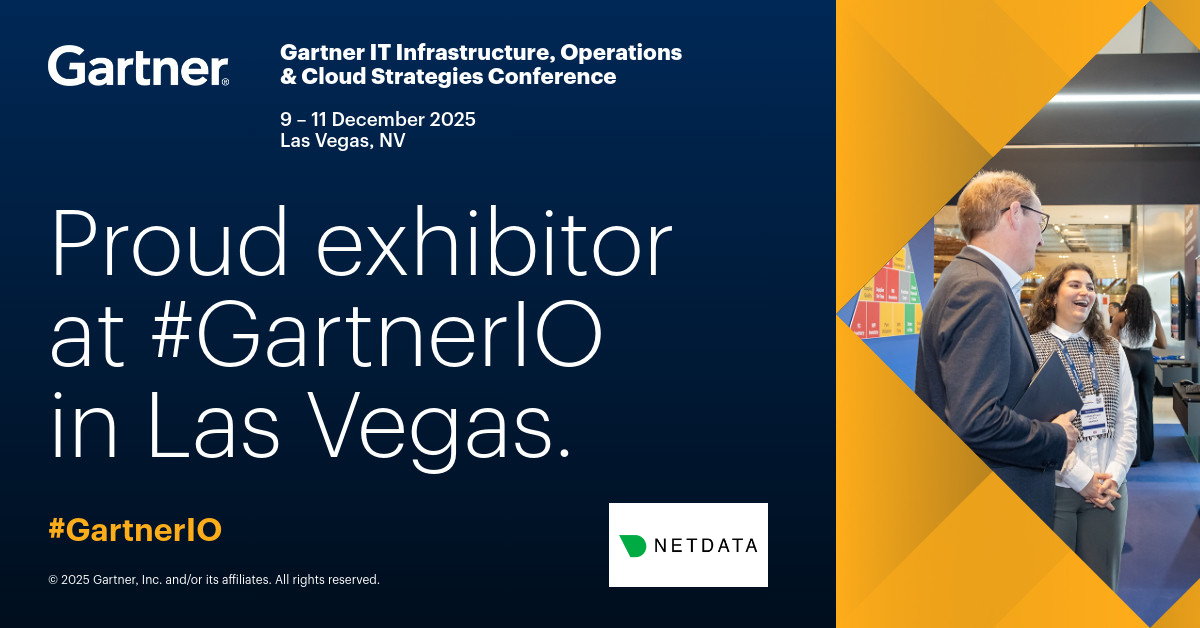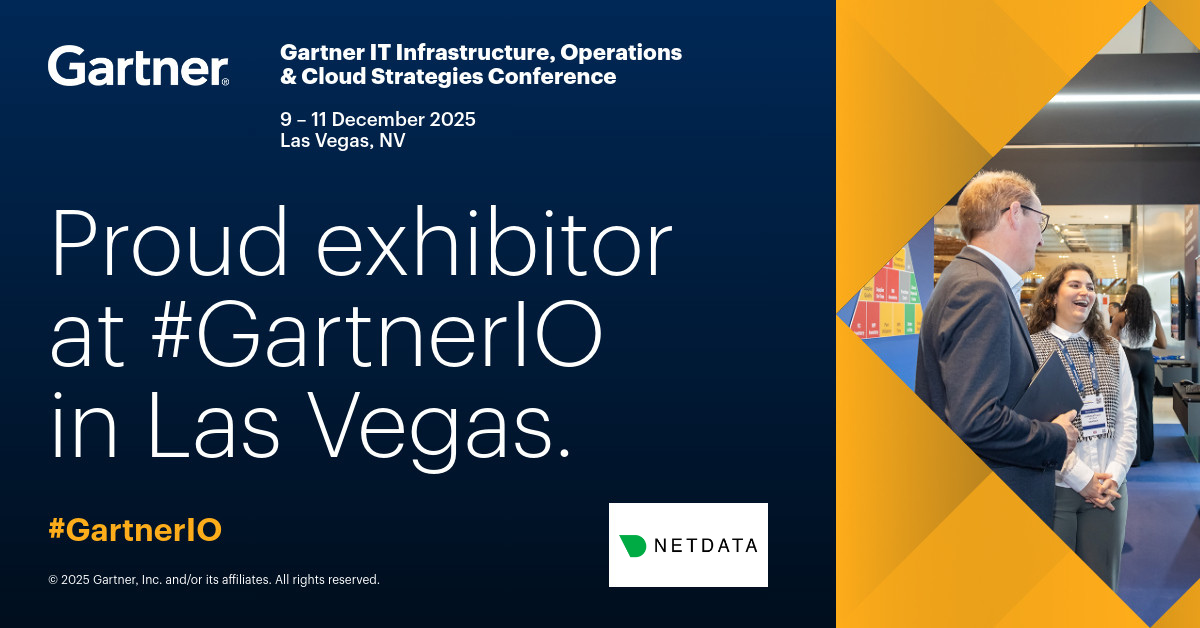If you care about operational excellence when it comes to your IT infrastructure, the role of monitoring systems is pivotal. As we navigate through the myriad of available monitoring tools, it becomes essential to understand the distinct architectures, styles, and focal points of various monitoring solutions, as well as the time-to-value they offer. This blog post aims to demystify the landscape of monitoring systems, providing a comprehensive overview that categorizes these tools into four primary architectural design principles.
Think of this blog as a guide for IT professionals, system administrators, and business leaders, that aids in the selection of the appropriate monitoring tool that aligns with infrastructure needs, operational priorities, and strategic objectives. Whether you’re looking to implement a new monitoring solution or aiming to enhance your existing system, the insights provided here will equip you with the knowledge to make informed decisions in the ever-evolving domain of IT monitoring.
Architecture
Monitoring systems can be classified based on their architecture, in 4 design principles.
Distributed Architecture
Netdata: Distributed architecture for metrics, logs and other real-time information, where data is stored as close to the edge as possible.
By minimizing data travel distance and creating many smaller centralization points, this approach incorporates more data sources, providing low-latency and high-resolution insights, which are crucial for immediate insights and anomaly detection, even at scale.
This design allows instant decision-making based on live data, promoting a holistic approach to monitoring, while minimizing observability cost and maximizing scalability.
Centralized Architecture
Datadog, Dynatrace, NewRelic, Instana, Grafana: Centralized architecture, where data is pushed to a central database for analysis and correlation across different data sources.
Granularity (the metrics resolution), cardinality (the number of unique metrics), the amount of logs and the use of machine learning algorithms, directly and significantly affect scalability and cost. While the centralization of data simplifies management and enables cross-source analysis, it usually introduces challenges in terms of data ingestion, storage, processing, and overall cost, especially at scale.
This design mandates cherry picking the information (fewer data sources, collected less frequently, fewer algorithms analyzing the data), to balance cost and scalability and as a result users are frequently required to consult additional tools for understanding or diagnosing issues
Centralized Logs-Focused Architecture
ELK, Splunk: Centralized logs-focused architecture, in which logs are pushed to a central database, which is then used as the primary source of information, enabling advanced search, analysis, and visualization.
Using logs as the primary source of information, is the most intensive in terms of observability resources and usually significantly slower and more expensive to run and maintain.
Centralized Metrics-Only Approach
- Graphite, InfluxDB, OpenTSDB, Prometheus, Cacti, Munin, Ganglia: The traditional centralized metrics-only approach, in which the primary source of information is time-series data. Each of these tools offers a varying degree of flexibility and performance, with Prometheus and InfluxDB being the latest and most flexible among them.
Centralized Check-Based Approach
CheckMk, Nagios, Zabbix, Icinga, PRTG: The traditional centralized check-based approach, in which the status of the performed checks is the primary monitoring information. Additional information, like time-series data and logs are treated as supplementary to the status and is usually limited to the minimum required for justifying this status.
While effective for straightforward up/down monitoring, it usually does not provide the depth required for understanding workloads or diagnosing complex issues.
The above also reflect the evolution of monitoring systems, in reverse order:
First Generation: Check-Based Monitoring
Examples: Nagios, CheckMk, Zabbix, Icinga, PRTG
These systems represent the early stages of monitoring, focusing on the binary status of systems (up/down checks). They are foundational but limited in scope, primarily targeting infrastructure availability rather than performance or detailed diagnostics. Their simplicity is a strength for certain use cases but insufficient for deeper insights. Today, most of these systems borrow functionality from the second generation to a varying degree.
Second Generation: Metrics-Based Monitoring
Examples: Graphite, InfluxDB, OpenTSDB, Prometheus, Cacti, Munin, Ganglia
This generation marks a shift towards quantitative monitoring, emphasizing the collection and visualization of time-series data. Unlike check-based systems, these tools provide a continuous stream of performance data, enabling trend analysis and capacity planning. However, they lack the integrated analysis features found in later generations.
Third Generation: Logs-Based Monitoring
Examples: ELK, Splunk
Transitioning to logs as a primary data source marked a significant evolution, enabling more detailed analysis and retrospective troubleshooting. Logs provide a wealth of information that can be mined for insights, making this approach more powerful for diagnosing complex issues. However, the reliance on voluminous log data usually introduces scalability and cost challenges.
Fourth Generation: Integrated Monitoring
Examples: Datadog, Dynatrace, NewRelic, Instana, Grafana
This generation centralizes metrics, logs, traces, and checks, offering a comprehensive view of the infrastructure. The approach enhances the ability to correlate information across various data types, providing a deeper understanding of system behavior and performance. However, the complexity of managing and scaling this integrated data can be challenging, particularly concerning cost-effectiveness and efficiency.
Fifth Generation: Integrated Distributed Monitoring
Examples: Netdata
By distributing the data collection and analysis to the edge, this approach aims to address scalability and latency issues inherent in the centralized systems of the previous generation. It offers real-time insights and anomaly detection by leveraging the proximity of data sources, optimizing for speed and reducing the overhead on central resources. This model represents a shift towards a more decentralized, scalable, responsive, real-time, and live monitoring that is not limited to metrics, logs, traces, and checks.
The progression from simple check-based systems to sophisticated distributed monitoring reflects the industry’s response to growing infrastructure complexity and the need for more granular, real-time insights. Each generation builds on the previous ones, adding layers of depth and breadth to monitoring capabilities. The evolution also mirrors the broader trends in IT, such as the move towards distributed systems, the growth of cloud computing, and the increasing emphasis on data-driven decision-making.
Monitoring Style
Monitoring style is an attempt to express the feeling we get after using these tools for monitoring our infrastructure.
Netdata, Datadog: Deep-dive, holistic, high-fidelity, live monitoring, surfacing in detail the breath and the heartbeat of the infrastructure’s functioning in real-time. These monitoring tools are designed to offer a granular perspective, capturing the nuances of the infrastructure’s performance through metrics, logs and more.
They excel in revealing the intricate details of system behavior, making them ideal for diagnosing complex issues, understanding system dependencies, and analyzing performance in real-time. Their capability to offer detailed insights makes them powerful tools for operational intelligence and proactive troubleshooting.
Dynatrace, NewRelic, Instana, Grafana: Helicopter view of the infrastructure components, applications and services, providing the essential insights into the overall health and performance of the most important infrastructure components. While they offer detailed analysis capabilities, the primary focus is on delivering a comprehensive overview rather than granular details.
They are adept at providing a quick assessment of system health, identifying major issues, and offering actionable insights across the most important components.
ELK, Splunk: Log indexers, focusing on collecting, indexing, and analyzing log data to provide insights into system behavior and trends. While not traditional monitoring solutions, they offer powerful capabilities for historical data analysis, trend identification, and forensic investigation.
ELK and Splunk are particularly effective for in-depth analysis after an event has occurred.
Graphite, InfluxDB, OpenTSDB, Prometheus, Cacti, Munin, Ganglia: Time-series engines, emphasizing on the collection, storage, and visualization of time-series data, to provide views of system behavior and performance trends, enabling users to track and analyze quantitative data over time.
CheckMk, Nagios, Zabbix, Icinga, PRTG: Traffic lights monitoring, based on the provided up/down checks, with some additional data (metrics, logs) that are attached to each check
This style is straightforward and effective for basic monitoring needs, ensuring that system administrators are alerted to critical status changes. It’s particularly useful for environments where the primary concern is availability rather than in-depth performance analysis.
Primary Focus
Most monitoring solutions offer a broad range of features and could probably fit in multiple categories. However, there are some areas where they excel, they are really strong and usually all their other features have evolved around them.
- Netdata Holistic cloud-native infrastructure monitoring that excels in real-time, high-resolution data analysis. Netdata is designed to cover a broad spectrum of technologies and applications, emphasizing immediate insights and operational intelligence.
It stands out for its ability to provide comprehensive and real-time views of the entire infrastructure, making it an excellent tool for those who need to understand the interdependencies of the various components and require immediate feedback on their system’s and applications performance and health.
- Datadog, Dynatrace, Instana Primarily focused on Application Performance Monitoring (APM), these tools are tailored for developers and operations teams that manage complex applications, particularly those built on microservices architectures.
They offer deep insights into application performance, user experiences, and inter-service dependencies, facilitating the identification and resolution of issues within complex, distributed applications.
- NewRelic Specializes in front-end monitoring, providing developers with detailed insights into the performance and user experience of web applications.
NewRelic excels in surfacing critical data related to user interactions and front-end performance, which are crucial for optimizing end-user experiences.
- Grafana A versatile platform that supports a wide array of monitoring tasks, allowing users to create tailored monitoring environments with a strong emphasis on visualization and customization.
Grafana’s power lies in its flexibility and customizability, enabling developers to construct detailed dashboards that provide insights across various metrics and data sources.
- ELK, Splunk Specializing in logs-based monitoring, these platforms are adept at aggregating, indexing, and analyzing log data to extract actionable insights.
Their comprehensive log management capabilities make them indispensable for organizations that rely on logs for post-mortem analysis, security, and compliance.
Graphite, InfluxDB, OpenTSDB, Prometheus, Cacti, Munin, Ganglia While they may not provide the breadth of data types seen in more integrated monitoring solutions, metrics-only systems excel in delivering operational intelligence based on quantitative data. They are particularly valued for their ability to provide a focused, undiluted view of performance metrics, making them indispensable for performance optimization and capacity planning.
CheckMk, Nagios, Zabbix, Icinga, PRTG These tools are traditionally focused on network devices monitoring, using SNMP to provide insights into the health and status of networked devices.
Their robustness in network monitoring makes them particularly suitable for telecom operators and large intranets, where tracking the status and performance of numerous devices is crucial.
Time to Value
- Netdata Full value is provided instantly. Netdata is designed to be effective even to users that use the tool for the first time. Auto-detection and auto-discovery of metrics, fully automated single node and infrastructure level dashboards, hundreds of templatized alerts that automatically watch all infrastructure components, unsupervised machine learning based anomaly detection for all metrics and the ability to slice and dice all data on dashboards without learning a query language.
Ideal for users seeking rapid deployment and instant insights without the need for extensive setup or deep initial knowledge.
- Datadog, Dynatrace, NewRelic, Instana These platforms are engineered for quick initial setup with agent installations, offering immediate visibility into basic metrics and system health. Advanced usage, particularly for detailed application performance insights and end-to-end monitoring, necessitates further integration and customization.
Users can benefit from basic monitoring quickly while gaining significant additional value as they delve into more sophisticated features and integrations.
- Grafana Grafana’s time to value can vary significantly based on the user’s goals. It provides immediate visualizations with pre-built dashboards for common data sources, but customizing and building complex dashboards for specific needs requires more time and expertise.
Highly flexible and customizable, catering to users who want to tailor their monitoring dashboards extensively, but this customization impacts the initial time to value.
ELK, Splunk While basic log ingestion and searching can be set up relatively quickly in these platforms, unlocking the full potential of these tools for deep log analysis, complex searches, and advanced visualizations requires considerable setup and configuration effort. Ideal for organizations that need in-depth log analysis and have the resources to invest in setting up and customizing their log monitoring infrastructure.
Graphite, InfluxDB, OpenTSDB, Prometheus, Cacti, Munin, Ganglia These systems usually involve a lot of moving parts (collectors, exporters, plugins, etc), so getting value out of them requires careful planning, preparation, integration and skills.
CheckMk, Nagios, Zabbix, Icinga, PRTG These tools offer relatively quick setup for basic network monitoring, especially with SNMP devices. However, achieving comprehensive monitoring across diverse systems and leveraging more advanced features can extend the time to value, necessitating more detailed configuration and tuning.
Strong in network devices monitoring right out of the box, with more complex monitoring setups requiring additional time and effort to configure.
The right monitoring system is a strategic asset, empowering organizations to preemptively address issues, optimize performance, and harness data-driven insights for informed decision-making. As we move forward, the integration of AI and machine learning, the proliferation of IoT devices, and the relentless push towards digital transformation will continue to shape the monitoring landscape, offering even more sophisticated systems that predict and adapt, continually redefining infrastructure management.



